目次
Craft Report
A New Approach to Banshū-ori by Two Brothers.
Banshū-ori is a yarn-dyed textile industry that has thrived for over 200 years in the Banshū region of Hyōgo Prefecture. The area has long been home to many weaving factories, and Kondō Factory Co., Ltd., located in Taka District, also traces its roots back to one of these long-established mills.
We interviewed company president Yoshiki Kondō, the third generation of his family to run the weaving business. After graduating high school, he trained in Italy for three months to learn textile techniques. Upon returning to Japan, he joined the family business and founded Kondō Factory in 2013. The factory is equipped with a jacquard loom—rare even within the production area—allowing them to weave complex patterns and even images into fabric. This unique capability characterizes Kondō Factory’s products.
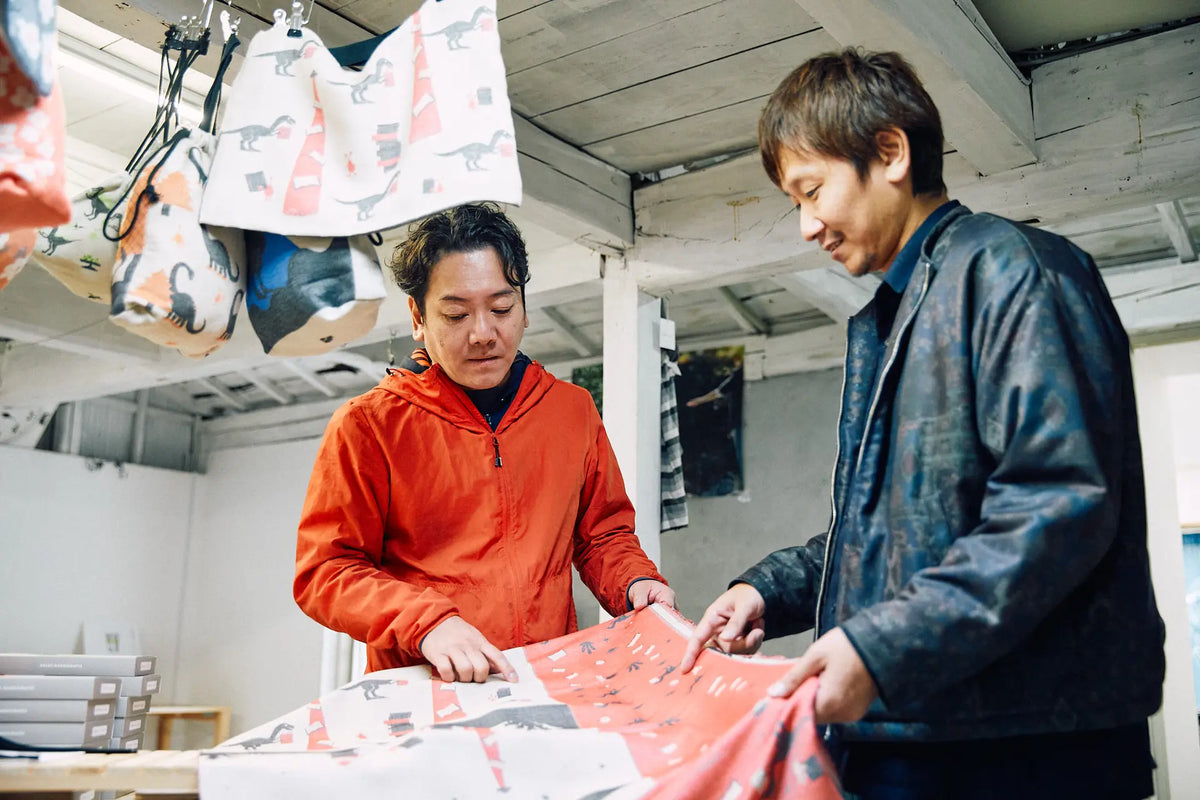
Left: Yoshiki Kondō, president of Kondō Factory. Right: Makoto Kondō. The brothers in a design meeting.
Banshū-ori is known assakizome-ori(“yarn-dyed weaving”), in which pre-dyed threads are woven into patterns. This method produces depth, texture, and distinctive surface variations. Since the dye penetrates to the core of the threads, fading is minimal, making the fabrics long-lasting. Kondō Factory specializes in double gauze fabrics made from natural cotton yarn, valued for their soft touch. Their main products include handkerchiefs and tenugui cloths. Thanks to the absorbency and quick-drying properties of double gauze, these handkerchiefs are ideal for everyday use.
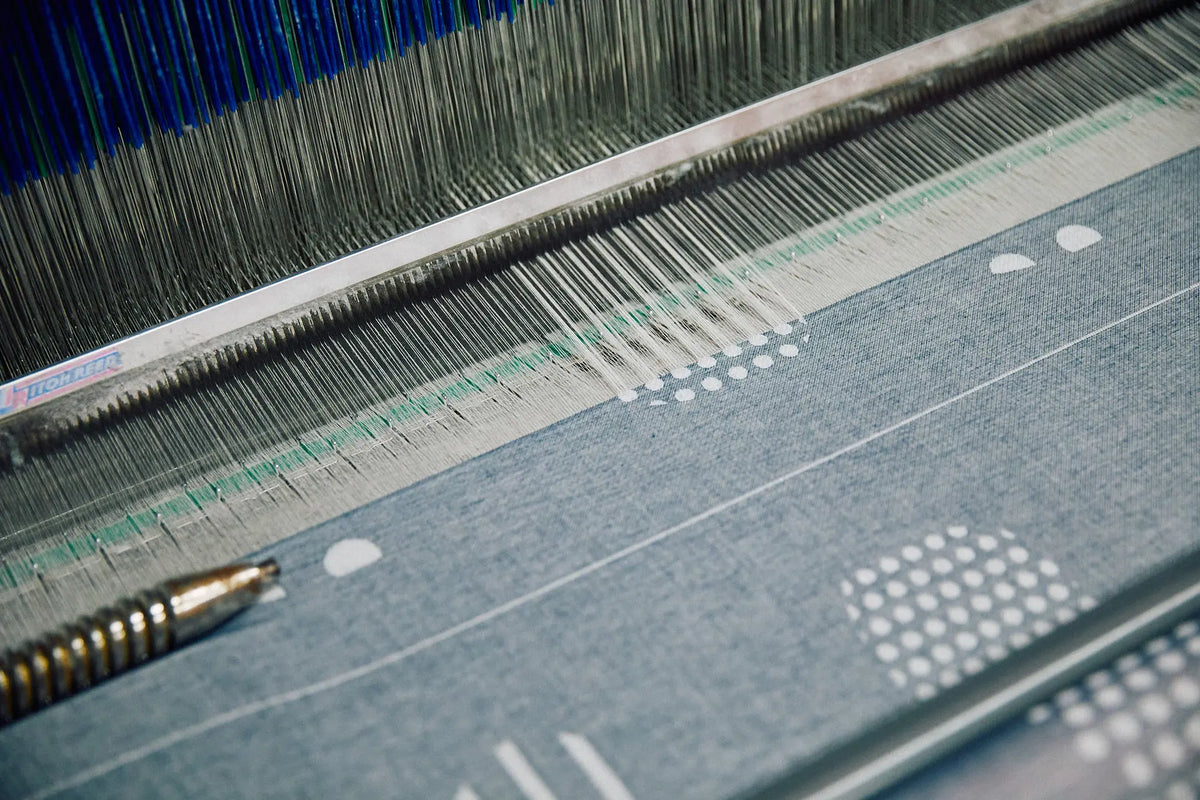
Even after 1,000 washes, only 1–2% of the dye fades.
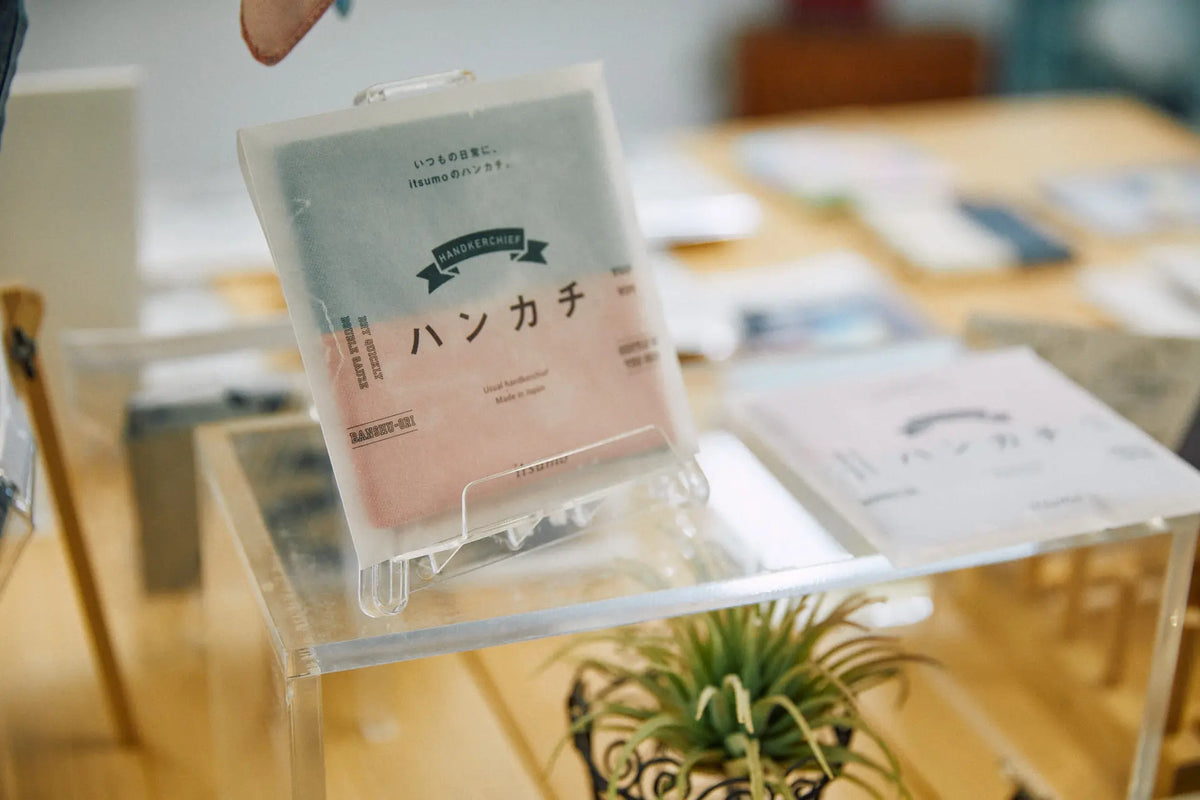
Safe even for babies, and surprisingly popular among men too.
Banshū-ori × Endless Design.
In the factory’s storeroom, countless original fabrics designed over the years are preserved. They also operate their original fabric brand,PARALLEL TONE, with the concept of “designing connections,” producing textiles inspired by nature and animals. Among these, playful motifs such as sharks and deer are especially popular.
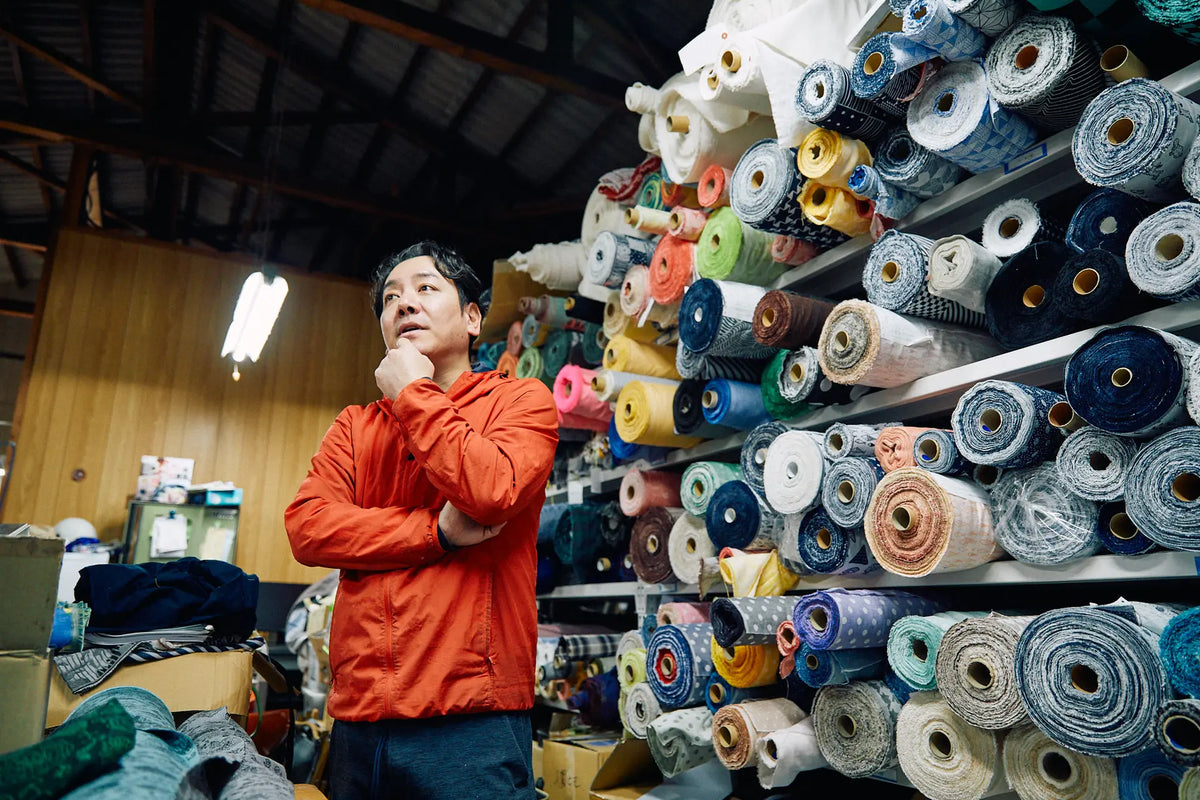
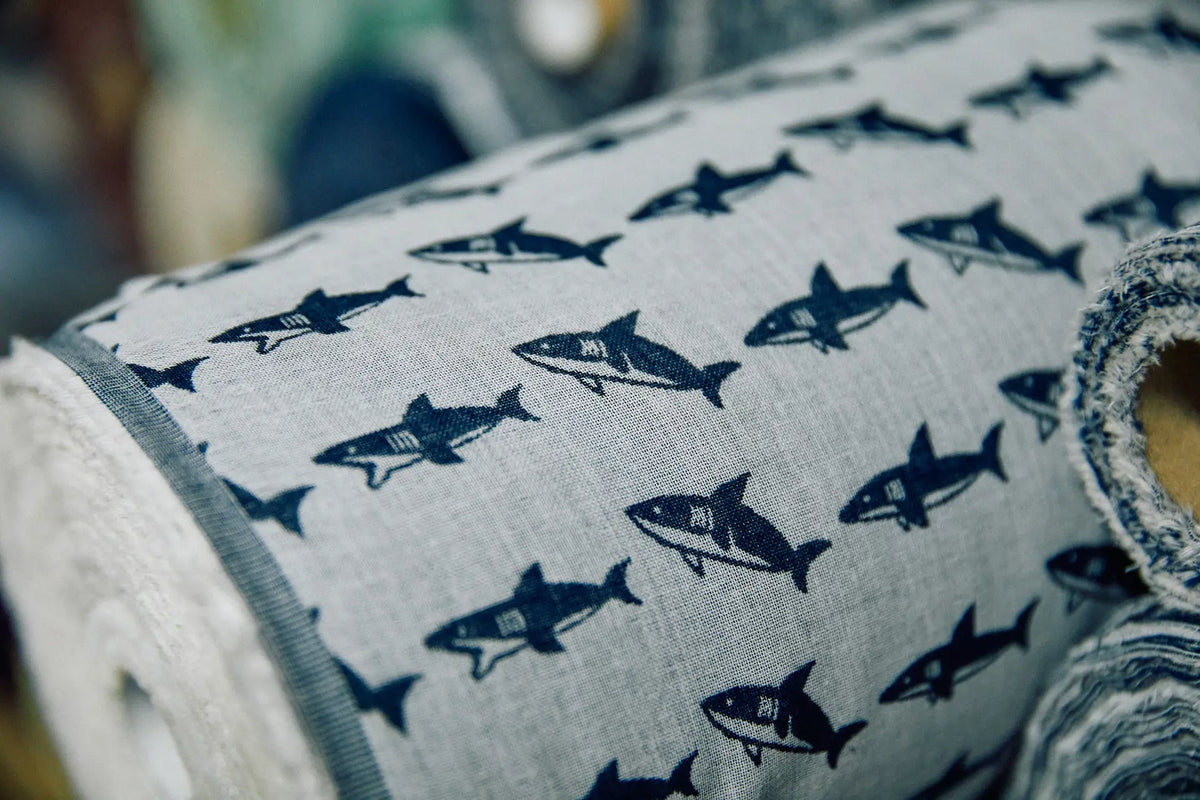
Pattern series “Shark Paradise.”
The factory also has a shop showcasing their in-house product ideas. The many fabrics in stock are transformed into handkerchiefs, stoles, and even postcards. With packaging designed by Makoto Kondō, the products’ presentation matches their character. Not only visually appealing, the packaging also conveys functionality clearly, showing how design enhances the appeal of each product.
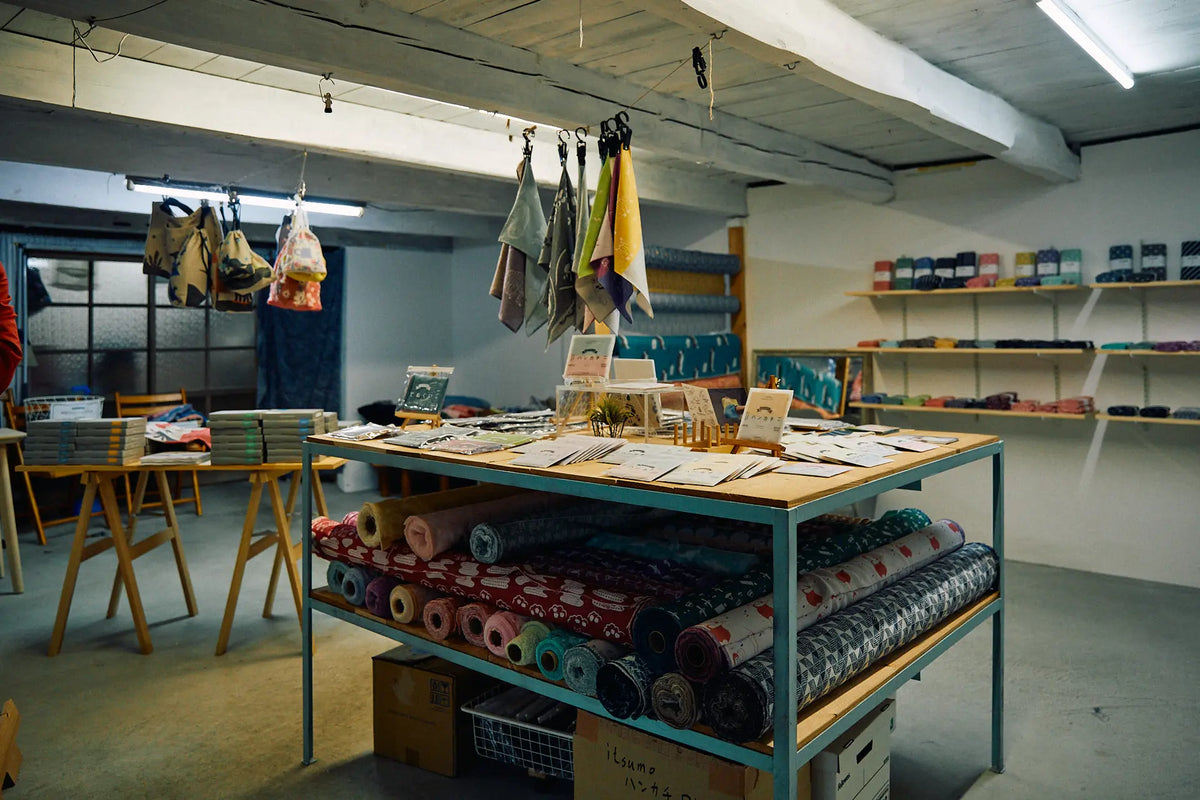
The shop adjacent to the factory. Lively displays of colorful, charming products.
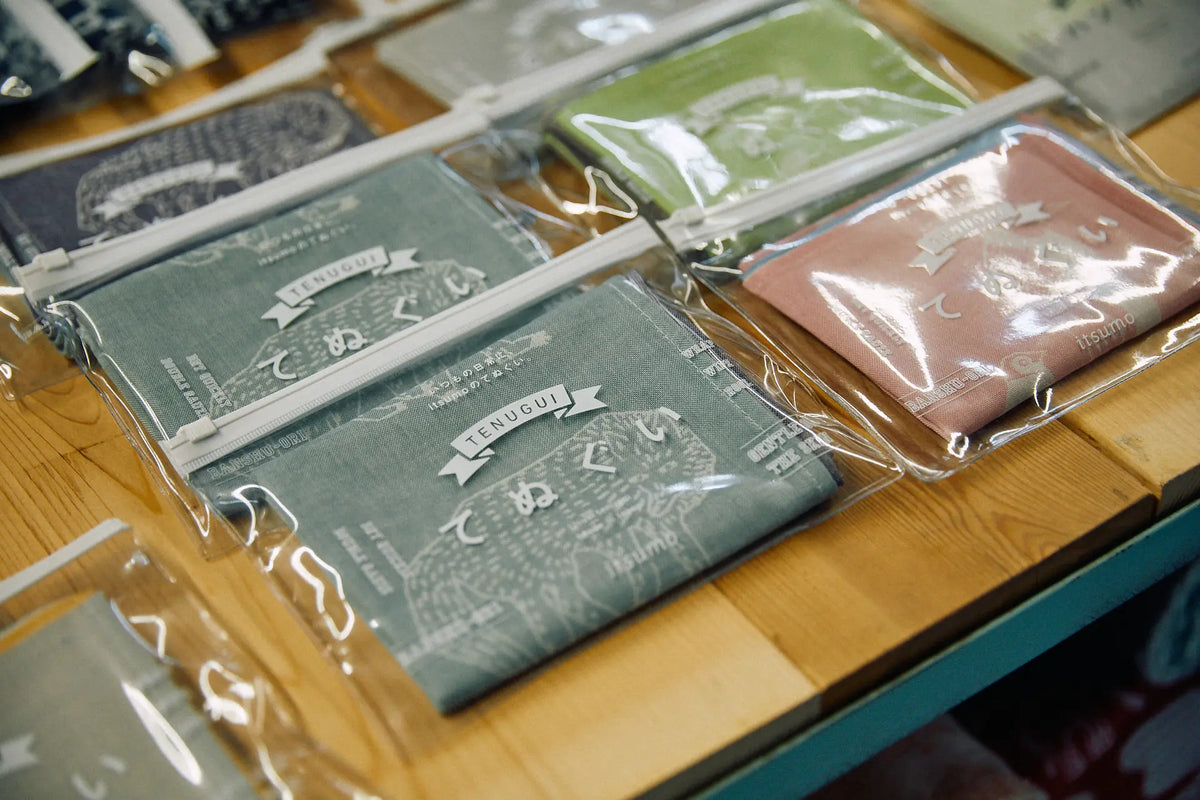
Soft, gentle tenugui, complete with a pouch for carrying when wet.

Richly colored patterns of nature and animals—perfect for children.
The Rules for Creating Something New.
Kondō Factory’s greatest strength is its fully integrated process—from design planning and fabric production to final product manufacturing, packaging, and even advertising and web services. This makes them a strong partner for full-order OEM projects or concept-based product development. Their small scale allows them to move quickly—discussing ideas freely as brothers and immediately prototyping samples.
“Large companies aside, for a business our size, this style may be unique in Japan. Technically, we each run different operations, but when one grows, the other grows too,” Yoshiki explains.

The brothers have combined their skills to manufacture a variety of products.
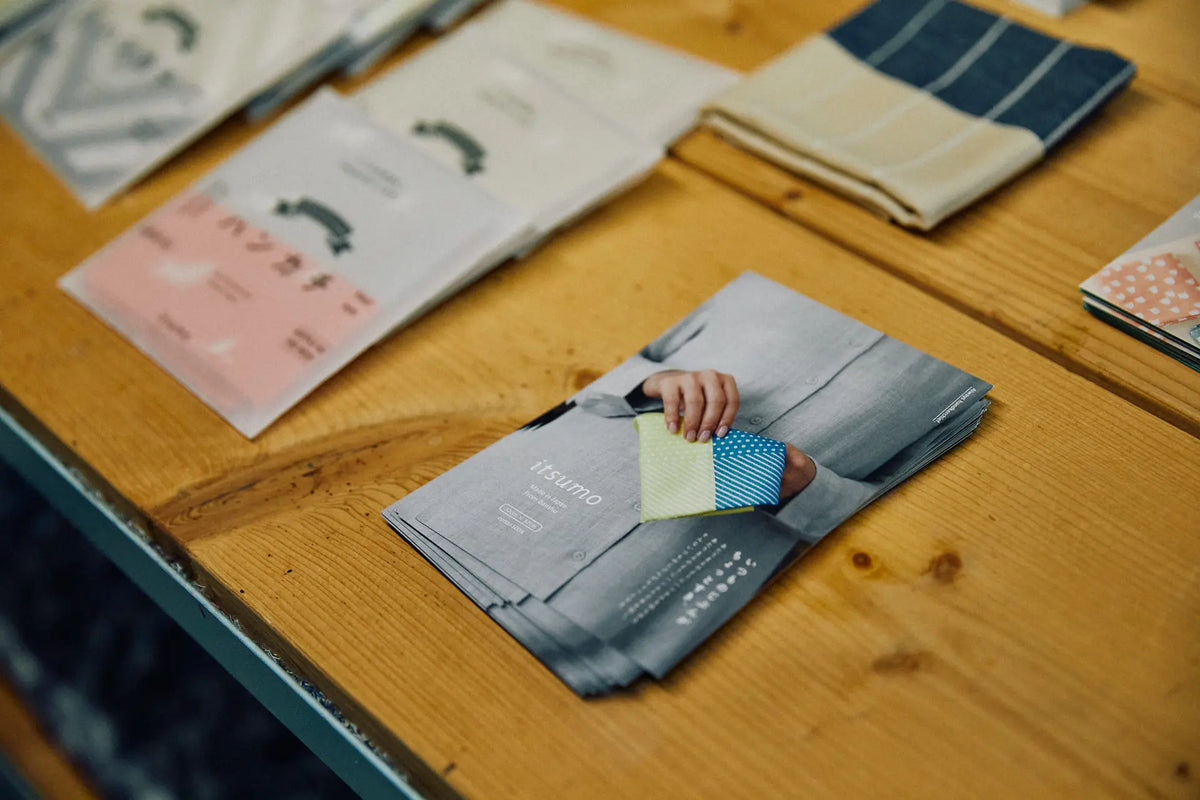
Even a single handkerchief can be a promotional item that conveys both functionality and story.
When working together, the brothers follow three rules:“Something new, something fun, something useful for someone.”In product planning, they start with design ideas—prioritizing what excites them and shaping that vision first. Whether the design is technically feasible on the loom is considered later; if challenges arise, they scale back. By imagining the story and the people who might use their products, the results naturally become items that customers want to use.
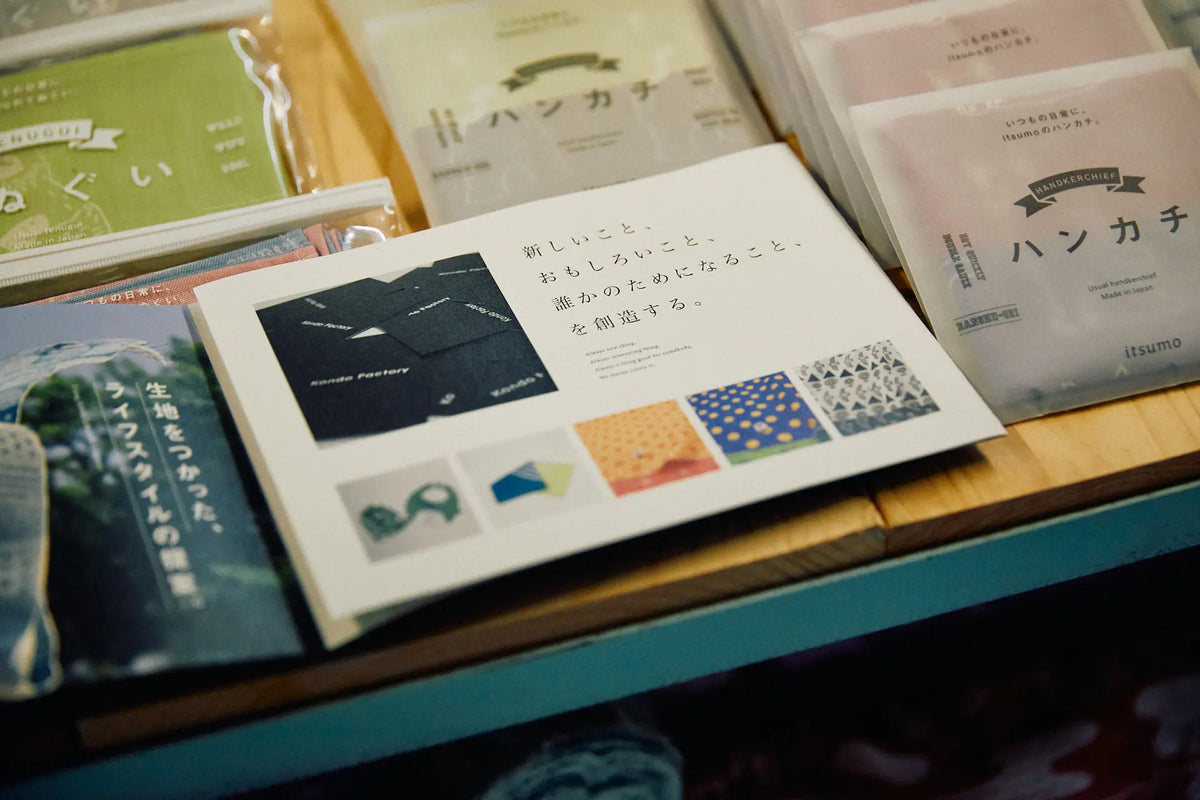
Interview, photography, and text: Morishita Daiki





